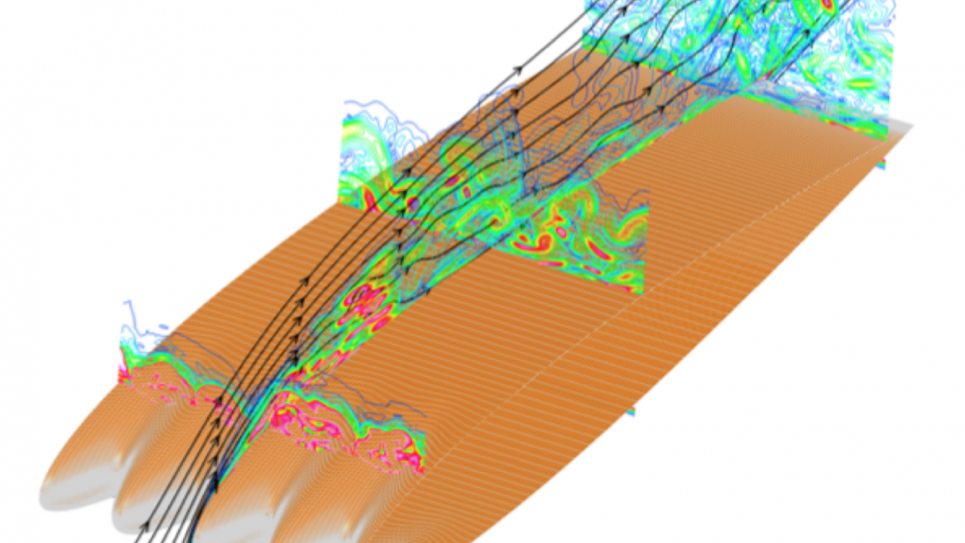
Analysis and Mitigation of Dynamic Stall in Energy Machines
Large unsteady loads caused due to dynamic stall in rotating blades of power generation turbomachines can lead to fatigue or catastrophic failure, reduced aerodynamic performance, and increased acoustic emissions. In particular, this project focuses on wind turbines that operate in the highly turbulent atmospheric boundary layer (ABL) with large spatial and temporal gradients. Blade failures due to dynamic stall are curtailing the growth of wind energy, which is currently the primary renewable energy source in the US and in the world. While the general characteristics of dynamic stall have been known for decades, the flow phenomena that occur during stall incipience, and which ultimately lead to stall, are not well understood. The complex, unsteady boundary layer behavior at stall onset holds the key to understanding and subsequently mitigating, dynamic stall; to date it has not been investigated in careful detail due primarily to lack of resources.
This project proposes to use wall-resolved large eddy simulations to improve our fundamental understanding of the fluid dynamic processes that occur in the boundary layer near stall incipience, and also investigate novel ideas to passively mitigate dynamic stall for wind turbine and gas turbine applications. Several innovative mechanisms, including wavy leading edge, vortex generators, pressure-side tabs (Gurney flaps), and back-flow flaps will be evaluated for their ability to mitigate dynamic stall.